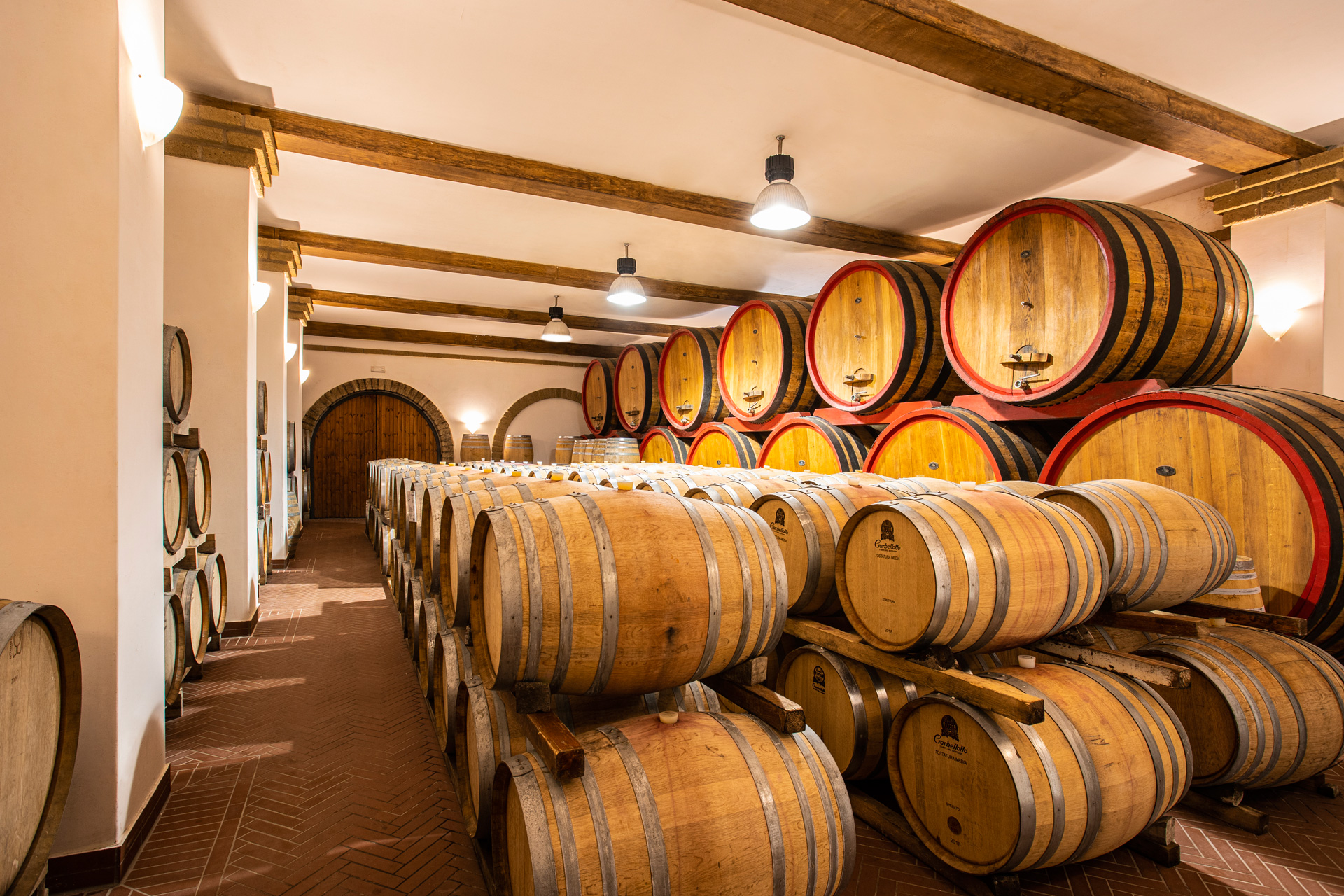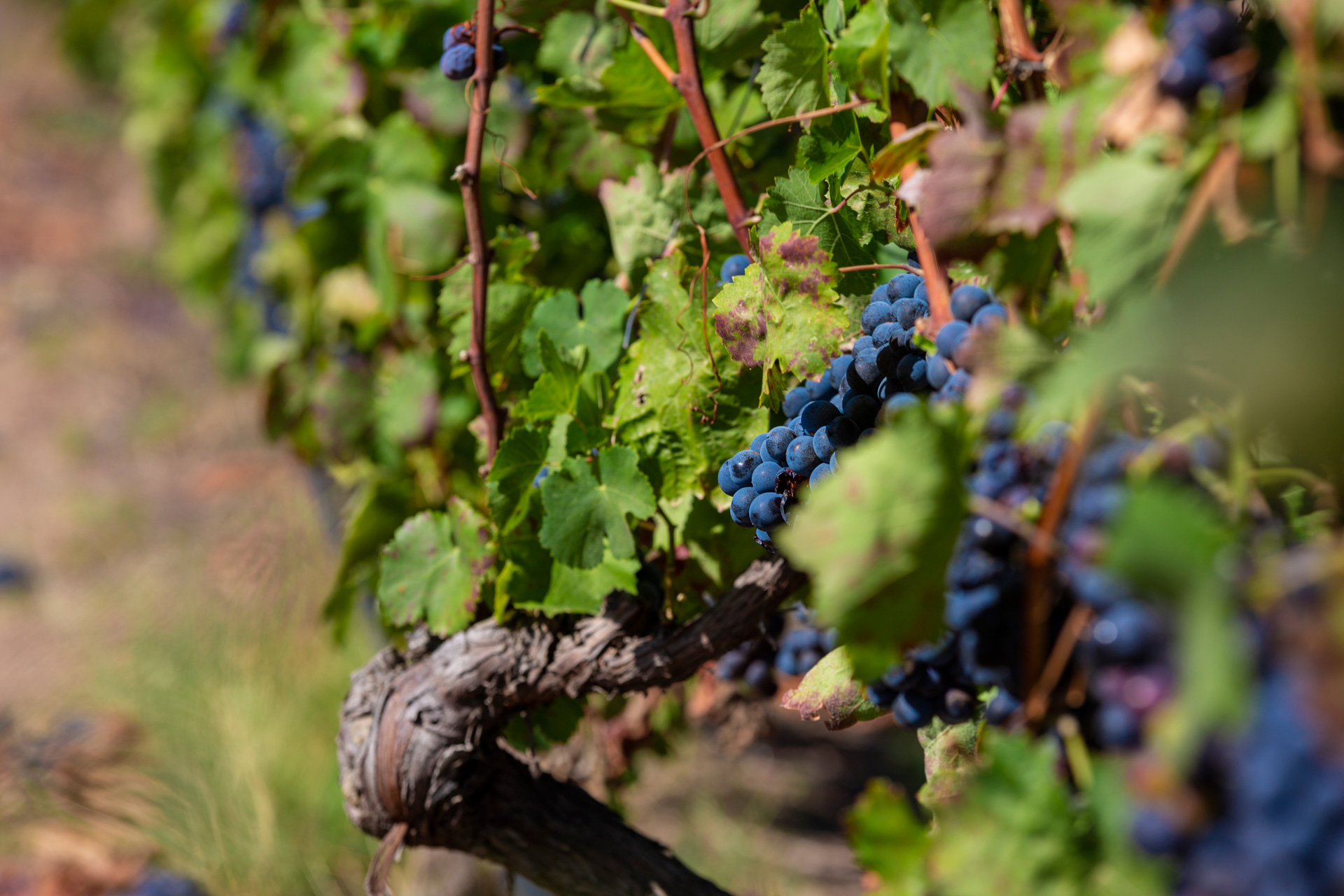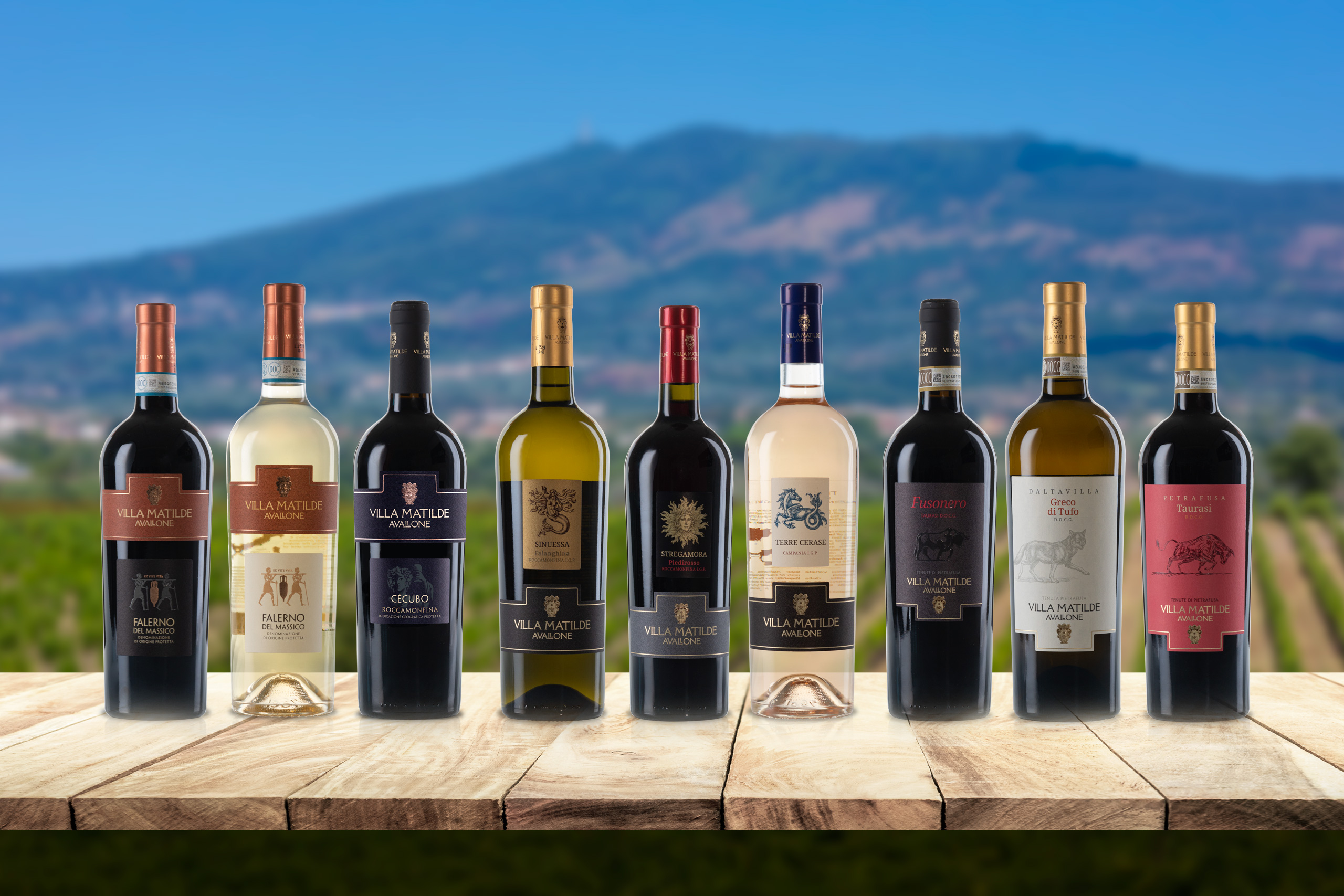In the old days, there were also large towns with open-air theaters and very prosperous ports for export to various places.
Successive emperors of the ancient Roman Empire had villas on Capri Island and the Sorrento Peninsula, and they continued their journey by drinking, procuring and procuring delicious wine in this Farerno land as a relay point from Rome to the villa. Then, the big towns and harbors were hidden in the shadows, and the famous land of Farerno became the glory of the past.
In the 1960s, Francesco Paolo Avallone, a lawyer and an avid lover of ancient wines, wrote about Farreno wines by ancient Roman politician Prinius and the ancient Roman poets Virgil and Marziale. Intrigued by the poems left by Horace and others, he decided to revive the legendary wine that disappeared at the beginning of the last century. Believing in the potential of this land, he started viticulture to revive the high quality wines of 2000 years ago and founded Villa Matilde.
The characteristics of ancient Farelno wines of Sewels (rich), Fortis (powerful) and Aldens (fiery) were once described in this way. The most famous wine in this classical literature came back to life in the 1970s in the vineyards of Villa Matilde, which stretches across the hills on the slopes of Mount Roccamonfina.





